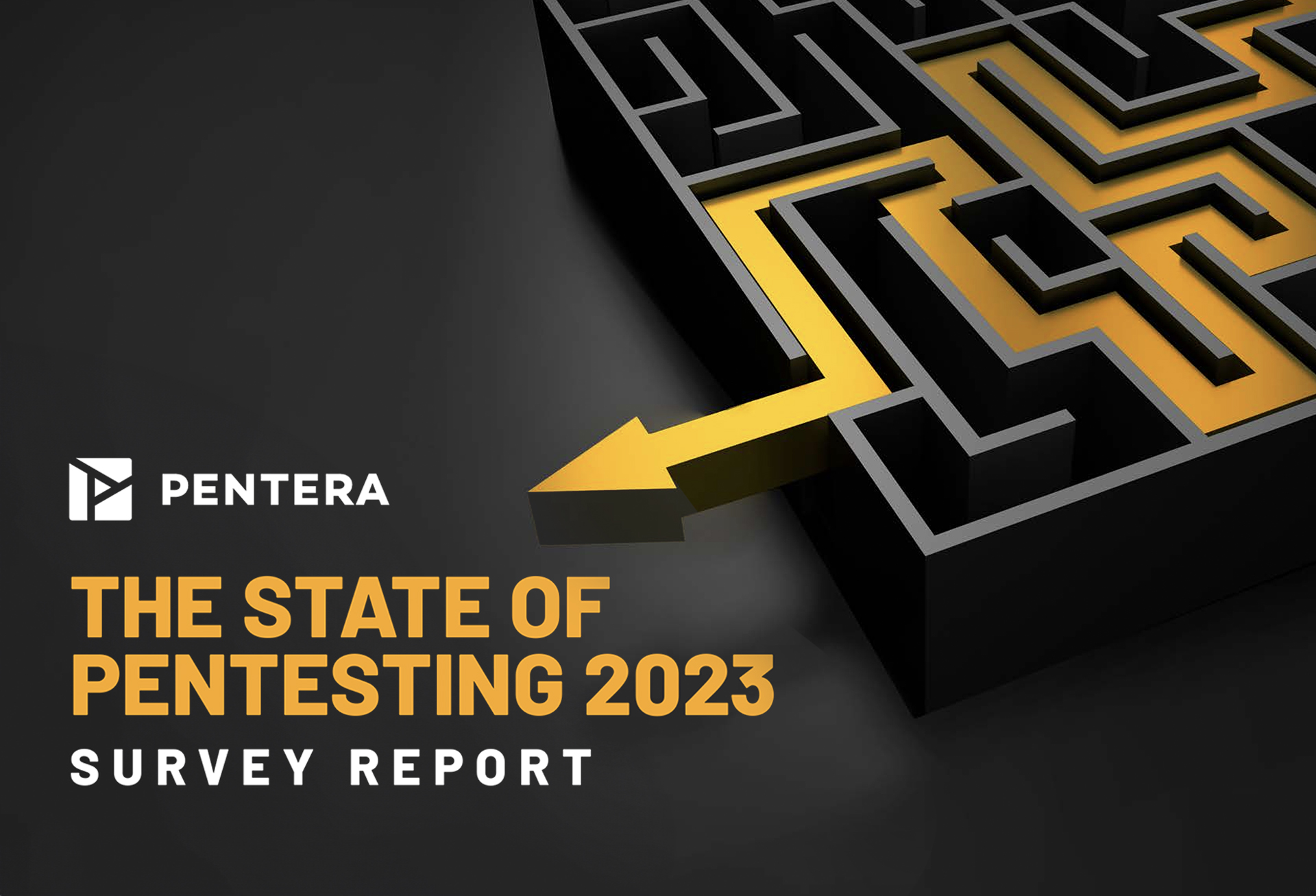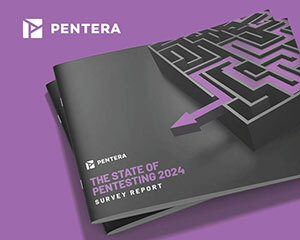What is security control validation?
Security control validation is an approach to cybersecurity by which an organization’s security controls are systemically tested to assess their performance. It involves emulating real-world attack scenarios so that organizations can understand whether their detection and prevention layer controls are effective in protecting against external threats.
Security control validation involves the use of automated security validation software to continuously assess security controls. This enables organizations to understand if those controls are fit for purpose so that they can proactively strengthen their security posture by remediating security gaps.
The key to effective security: control validation
Security control validation is key to effective security because it empowers organizations with the knowledge to improve their cyber defense measures. By continuously and systematically assessing security controls using emulated threats, organizations can learn where there are improperly deployed or misconfigured controls and remediate these issues to reduce cyber exposure.
With cyber threats evolving, organizations need to be proactive rather than reactive in order to stay ahead of the game and protect themselves effectively against cyber threats. This is what security control validation does, and why it is key to an effective cybersecurity strategy in the current digital landscape.
The key benefits of security control validation
Security control validation can offer several key benefits to organizations:
- Enhanced attack readiness: By enabling testing security controls against emulated adversarial attacks, organizations can fully assess how their prevention and detection controls perform in real attack scenarios. This enables them to remediate misconfigurations and security gaps so that they can be better prepared for real threats.
- Improved resource allocation: Security control validation enables organizations to get a full assessment of their security controls so that they can see which security tools are missing attacks. This helps to inform decision-making, enabling companies to allocate resources more effectively and upgrade tools that are underperforming.
- Accelerated time-to-remediation: The continuous and systemic nature of security control validation enables organizations to stay constantly updated on the status of their security posture. This enables them to identify misconfigurations and security gaps as soon as possible to reduce the time-to-remediation and improve controls sooner for better protection.
- Regulation and standard compliance: By engaging in continuous security control validation, organizations can improve their security controls to ensure that they meet industry standards and regulations.
Enhancing attack readiness with security control validation
Security control validation is an essential part of how modern organizations protect themselves against cyber threats. By emulating cyber attacks and systematically assessing security controls on a routine basis, security control validation enables organizations to stay proactive in identifying misconfigurations and improperly deployed security tools. As such, security control validation helps organizations to continuously improve their security controls to better detect and block attacks, enhancing their overall security posture.
Frequently asked questions
What is security control validation?
Security control validation is a cybersecurity approach whereby a company’s security controls are continuously and systemically assessed by emulating real attacks. Its purpose is to identify areas where security controls are misconfigured, improperly implemented, or underperforming so that security vulnerabilities can be remediated.
Why is security control validation important?
Security control validation is important because it allows companies to identify vulnerabilities in security controls and strengthen them before real attacks can occur. As such, it enables organizations to continuously adapt and strengthen their security posture against evolving threats.
What are the typical components of security control validation?
There are several key components that typically comprise security control validation. These include continuous monitoring, threat emulation, incident response and attack surface analysis, configuration reviews, and compliance assessments.
Can I ask for a summary of security control validation results or reports?
Yes, your organization can request a summary of security control validation results or reports. This will be accessible through your security control validation solution and will give you a detailed breakdown of the effectiveness of your security controls. The summary will typically feature details on security gaps and misconfigurations so that you can prioritize and remediate them to strengthen your organization’s security posture.
Build your roadmap to cyber exposure reduction.
Make sure your security measures are effective.


